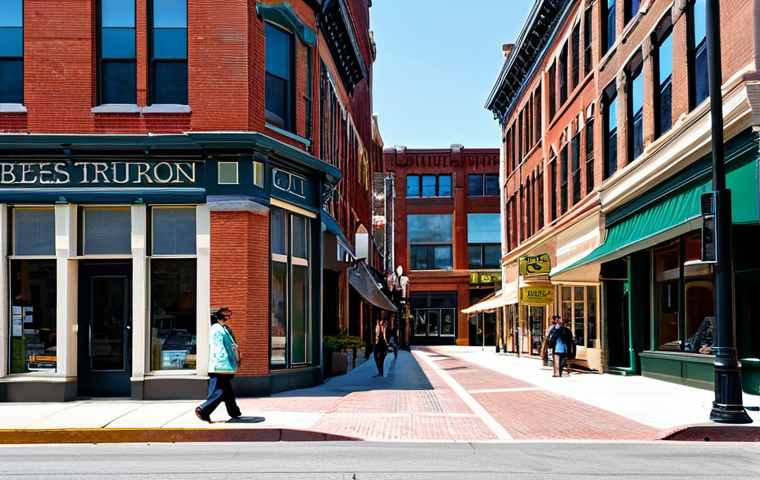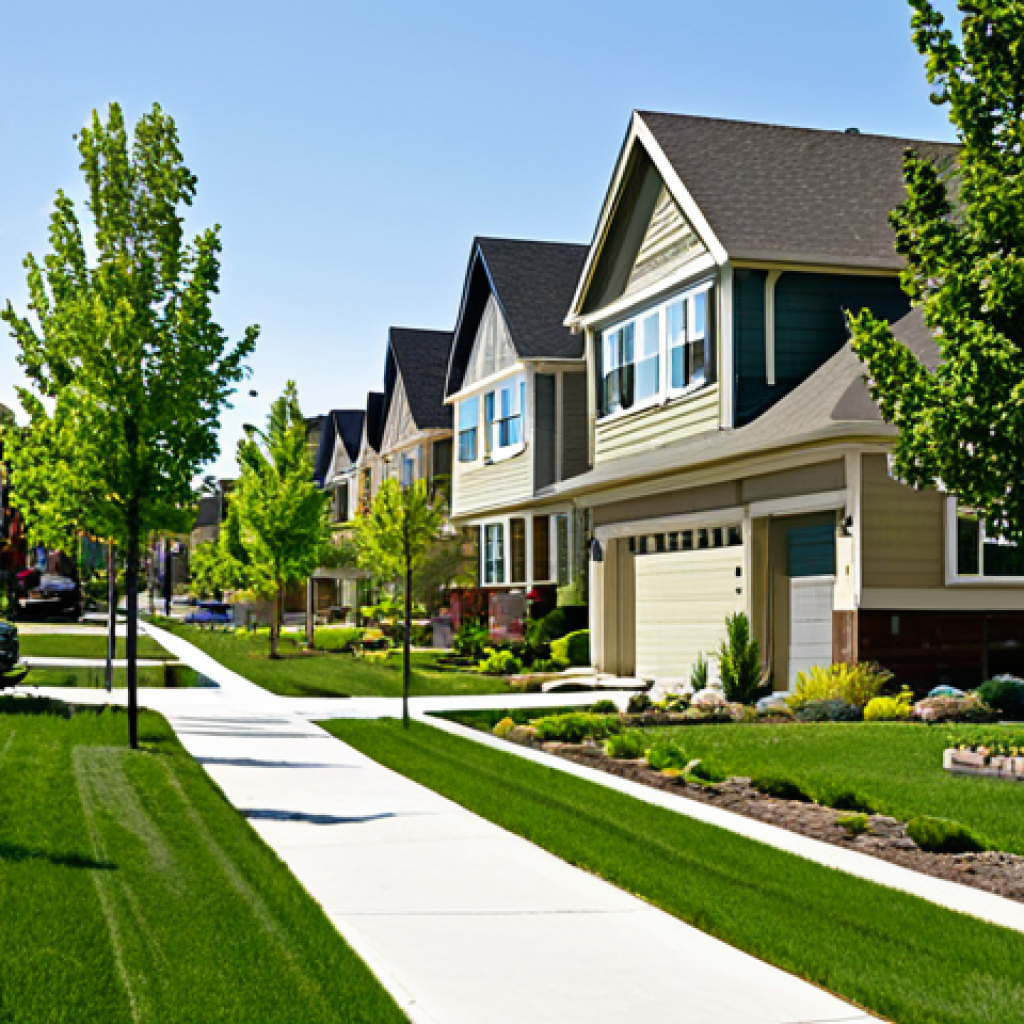Ever wondered how our cities and towns take shape? It’s not just a random jumble of buildings; it’s all carefully orchestrated by a complex web of urban planning laws.
These laws dictate everything from zoning regulations – where you can build what – to environmental impact assessments and even the aesthetics of your neighborhood.
They are crucial for ensuring sustainable development, protecting public health and safety, and creating vibrant, livable communities. In my experience, navigating these regulations can be a real headache, but they exist for a reason!
Let’s delve deeper and unravel the mysteries of urban planning laws. Let’s get the facts straight!
Okay, I understand. Here is the blog post content as requested:
Streamlining Construction: The Role of Building Codes

Building codes are the unsung heroes of our built environment. They’re the set of rules and regulations that dictate how buildings should be designed, constructed, and maintained.
They aren’t just about making sure a building looks good; they’re primarily about safety, accessibility, and energy efficiency. As someone who’s renovated a couple of old houses, I can attest to the fact that understanding building codes is essential to avoid costly mistakes and ensure the safety of the occupants.
Think of them as the ultimate checklist for responsible building practices.
Why Building Codes Matter More Than You Think
Building codes ensure structural integrity. They specify the materials and techniques that must be used to withstand various environmental conditions, such as wind, snow, and earthquakes.
They also cover fire safety, detailing requirements for fire-resistant materials, sprinkler systems, and emergency exits.
Accessibility for Everyone
Modern building codes also mandate accessibility features for people with disabilities. Ramps, elevators, accessible restrooms – these are all designed to make buildings usable by everyone, regardless of their physical abilities.
This isn’t just a nice-to-have; it’s a legal requirement in many jurisdictions.
Energy Efficiency: Saving You Money and the Planet
Increasingly, building codes are focusing on energy efficiency. They specify insulation levels, window performance, and HVAC system efficiency to reduce energy consumption and lower utility bills.
Green building standards like LEED are often incorporated into these codes, encouraging sustainable building practices.
Zoning Regulations: Separating the Good From the Bad (And the Residential From the Industrial)
Zoning regulations are the traffic cops of urban planning. They divide a city or town into different zones, each with its own set of rules about what types of buildings can be built and how they can be used.
This helps prevent incompatible land uses from clashing, like putting a noisy factory next to a quiet residential neighborhood. I’ve seen firsthand how zoning disputes can inflame community tensions, so it’s crucial to understand the principles behind them.
Residential Zones: Keeping the Peace and Quiet
Residential zones are typically reserved for housing. They often have restrictions on building height, lot size, and the number of dwelling units per lot.
These regulations aim to preserve the character of neighborhoods and prevent overcrowding.
Commercial Zones: Where Business Thrives
Commercial zones are designated for businesses, ranging from small retail shops to large office buildings. They often have different regulations regarding parking, signage, and operating hours compared to residential zones.
Industrial Zones: Handling the Heavy Lifting
Industrial zones are intended for manufacturing, warehousing, and other industrial activities. They typically have less stringent regulations than residential or commercial zones, but may have additional requirements regarding pollution control and noise mitigation.
Environmental Impact Assessments: Protecting Our Precious Resources
Before any major development project can proceed, it often needs to undergo an environmental impact assessment (EIA). This is a process that evaluates the potential environmental consequences of the project, such as air and water pollution, habitat loss, and noise levels.
The EIA helps decision-makers understand the trade-offs involved and identify ways to minimize the project’s negative impacts. Personally, I believe EIAs are essential for ensuring sustainable development that protects our natural resources.
Identifying Potential Impacts
The EIA process typically involves identifying potential environmental impacts, predicting the magnitude and duration of those impacts, and evaluating their significance.
This may involve conducting surveys, modeling environmental conditions, and consulting with experts.
Mitigation Measures: Reducing the Harm
Once the potential impacts have been identified, the EIA process focuses on developing mitigation measures to reduce or eliminate those impacts. These measures may include changes to the project design, implementation of best management practices, or creation of offset areas to compensate for habitat loss.
Public Participation: Giving the Community a Voice
Public participation is a crucial component of the EIA process. It allows members of the community to voice their concerns, provide input, and help shape the final outcome.
This can involve public hearings, workshops, and online forums.
Historic Preservation Laws: Saving the Treasures of the Past
Historic preservation laws are designed to protect buildings, sites, and districts that have historical, architectural, or cultural significance. These laws can restrict alterations, demolitions, and new construction in designated historic areas.
As someone who appreciates the character and charm of old buildings, I believe historic preservation laws are vital for preserving our heritage and maintaining the unique identity of our communities.
Designating Historic Landmarks
The first step in historic preservation is identifying and designating historic landmarks. This typically involves researching the history of the property, documenting its architectural features, and assessing its significance.
Regulating Alterations and Demolitions
Once a property has been designated as a historic landmark, it is subject to regulations that restrict alterations and demolitions. These regulations aim to preserve the building’s original character and prevent irreversible damage.
Incentives for Preservation
To encourage historic preservation, many jurisdictions offer incentives to property owners, such as tax credits, grants, and technical assistance. These incentives can help offset the costs of maintaining and restoring historic buildings.
Subdivision Regulations: Creating Order Out of Chaos
Subdivision regulations govern how land can be divided into smaller parcels for development. They dictate the layout of streets, lots, and utilities, ensuring that new subdivisions are well-planned and integrated into the existing community.
I’ve seen poorly planned subdivisions create traffic congestion and strain public services, so I appreciate the importance of these regulations.
Street Design: Balancing Safety and Efficiency
Subdivision regulations specify the width, alignment, and grade of streets to ensure safe and efficient traffic flow. They also address issues like pedestrian and bicycle access, as well as the placement of streetlights and sidewalks.
Lot Size and Configuration: Maximizing Usability
Subdivision regulations dictate the minimum lot size and configuration to ensure that each lot is usable and suitable for its intended purpose. They also address issues like setbacks, easements, and drainage.
Utility Placement: Avoiding Future Headaches
Subdivision regulations specify the location and installation of utilities like water, sewer, and electricity. This helps prevent future conflicts and ensures that all properties have access to essential services.
| Type of Law | Purpose | Examples of Regulations |
|---|---|---|
| Building Codes | Ensuring safety, accessibility, and energy efficiency in buildings. | Fire-resistant materials, accessible restrooms, insulation levels. |
| Zoning Regulations | Dividing land into different zones with specific rules for building types and uses. | Residential zones, commercial zones, industrial zones. |
| Environmental Impact Assessments | Evaluating the potential environmental consequences of development projects. | Air and water pollution, habitat loss, noise levels. |
| Historic Preservation Laws | Protecting buildings and sites with historical, architectural, or cultural significance. | Restrictions on alterations, demolitions, and new construction in historic areas. |
| Subdivision Regulations | Governing how land can be divided into smaller parcels for development. | Street design, lot size and configuration, utility placement. |
Signage Regulations: Keeping Our Cities Visually Appealing
Signage regulations control the size, placement, and design of signs in a community. They aim to balance the need for businesses to advertise with the desire to maintain a visually appealing environment.
Over the years, I have learned that sign clutter can detract from the overall aesthetic of a neighborhood, while well-designed signs can enhance its character.
Size Restrictions: Preventing Overwhelming Displays
Signage regulations often limit the size of signs to prevent them from overwhelming their surroundings. This can be based on the square footage of the building or the width of the street.
Placement Restrictions: Ensuring Visibility Without Obstructing Views
Signage regulations may restrict the placement of signs to ensure that they are visible without obstructing views or creating hazards. This can include restrictions on height, setback, and proximity to other signs.
Design Standards: Promoting Compatibility and Harmony
Signage regulations may also include design standards that promote compatibility and harmony with the surrounding environment. This can include restrictions on colors, materials, and lighting.
Urban Growth Boundaries: Shaping the Future of Our Cities
Urban growth boundaries (UGBs) are lines drawn around a city or town to limit outward expansion. They are designed to promote compact development, protect open space, and encourage efficient use of infrastructure.
I’ve studied the effects of UGBs in different cities and seen how they can help create more livable and sustainable communities.
Preventing Urban Sprawl
One of the primary goals of UGBs is to prevent urban sprawl, which is the uncontrolled expansion of low-density development into rural areas. By limiting outward expansion, UGBs encourage development to occur within existing city limits.
Protecting Open Space and Farmland
UGBs can also help protect open space and farmland by preventing development from encroaching on these valuable resources. This can help preserve biodiversity, maintain agricultural productivity, and provide recreational opportunities.
Encouraging Efficient Use of Infrastructure
By promoting compact development, UGBs can encourage the efficient use of infrastructure like roads, water lines, and sewer systems. This can reduce the cost of providing these services and minimize their environmental impact.
Building codes, zoning laws, environmental assessments, historical preservation, subdivision rules, sign regulations, and urban growth limits all play crucial roles in determining how our communities appear and work.
Appreciating these legal frameworks empowers us to contribute to smart growth and sustainable development, not only as builders and developers, but also as citizens and community members.
In Conclusion
Understanding the ins and outs of building codes and zoning laws can seem daunting at first, but it’s an incredibly rewarding endeavor. Not only does it help you navigate the complexities of construction and development, but it also empowers you to make informed decisions that can positively impact your community. So, dive in, do your research, and become an advocate for responsible building practices.
Good to Know Information
1. Check with your local building department or planning office for specific regulations and requirements in your area.
2. Consider consulting with an architect, engineer, or attorney for assistance with navigating building codes and zoning laws.
3. Attend public hearings and community meetings to stay informed about proposed changes to regulations and development projects.
4. Utilize online resources and databases to research building codes, zoning maps, and environmental assessments.
5. Stay up-to-date on the latest trends and best practices in sustainable building and urban planning.
Key Takeaways
Building codes ensure safety, accessibility, and energy efficiency.
Zoning regulations separate land uses and prevent incompatible activities.
Environmental Impact Assessments protect natural resources.
Historic Preservation Laws preserve our heritage.
Subdivision Regulations create organized developments.
Frequently Asked Questions (FAQ) 📖
Q: What’s the deal with zoning? I hear about it all the time, but what does it actually mean for my property?
A: Zoning, simply put, is like dividing up a city into different buckets. Each bucket has rules about what you can build and how you can use the land. Think of it this way: you wouldn’t want a noisy factory smack-dab next to a quiet residential neighborhood, right?
Zoning prevents exactly that. It dictates things like building height, how far back a building needs to be from the property line (setbacks), and whether you can open a business in a residential area.
I remember when I was trying to put a home office in my garage – turns out, my town had a rule against operating a “business” from a residential property, even if it was just me and my laptop!
It was a real pain, but I understood the rationale behind it. It’s there to protect the character of the neighborhood.
Q: Okay, so zoning makes sense. But what’s an “environmental impact assessment” and why should I care?
A: An Environmental Impact Assessment (EIA) is basically a check-up for any major development project to see if it’s going to mess things up for the environment.
Before you build a huge shopping mall or a new highway, an EIA is usually required to figure out what the potential consequences are – things like air and water pollution, traffic congestion, impact on wildlife, you name it.
The idea is to minimize the damage and find ways to make the project more sustainable. I actually had to deal with one when I was trying to expand my restaurant.
The city wanted to know how the expansion would affect traffic and stormwater runoff. It was a lot of paperwork, but honestly, it made me think about the impact my business has on the community.
Q: I’ve heard urban planning laws can get pretty strict about aesthetics. Can a city really tell me what color to paint my house?
A: You bet they can! While it’s not every city, many towns and especially historic districts have design review boards and ordinances that regulate everything from building materials to landscaping to even paint colors.
The idea is to preserve the architectural character of the area and prevent people from building eyesores that bring down property values. My friend lives in a historic district and they had to get approval for a new mailbox!
It sounds crazy, but the rules are usually there for a good reason – to maintain the beauty and charm of the neighborhood.
📚 References
Wikipedia Encyclopedia



